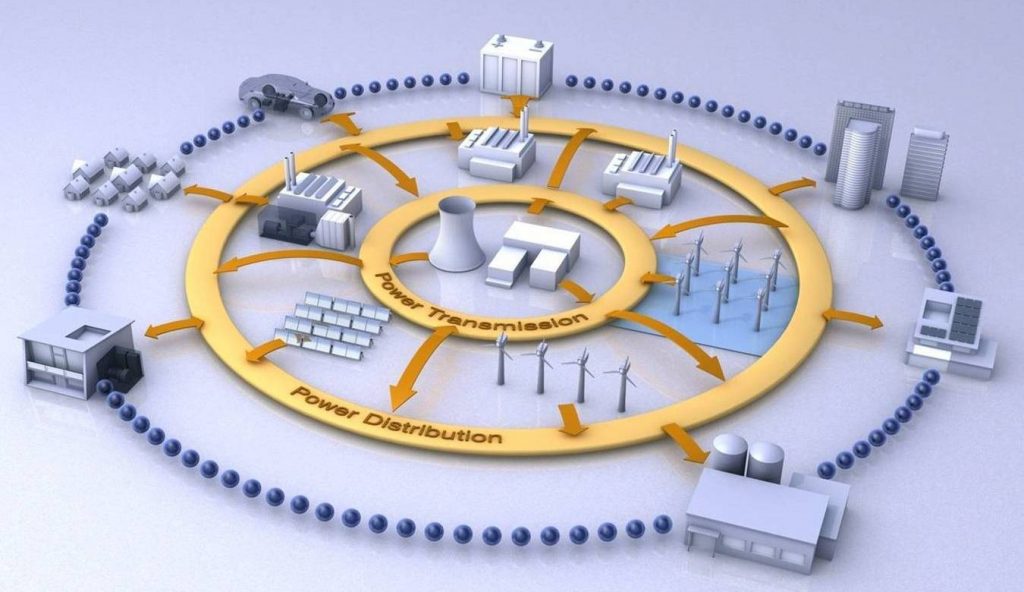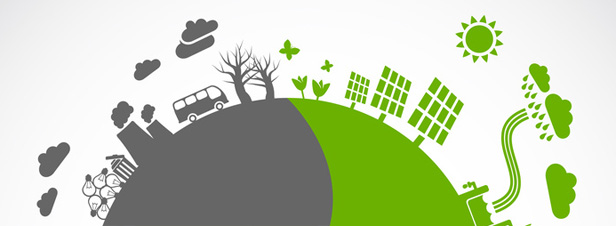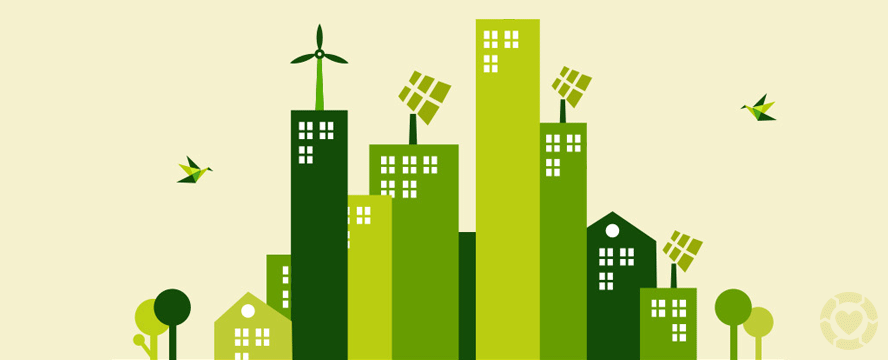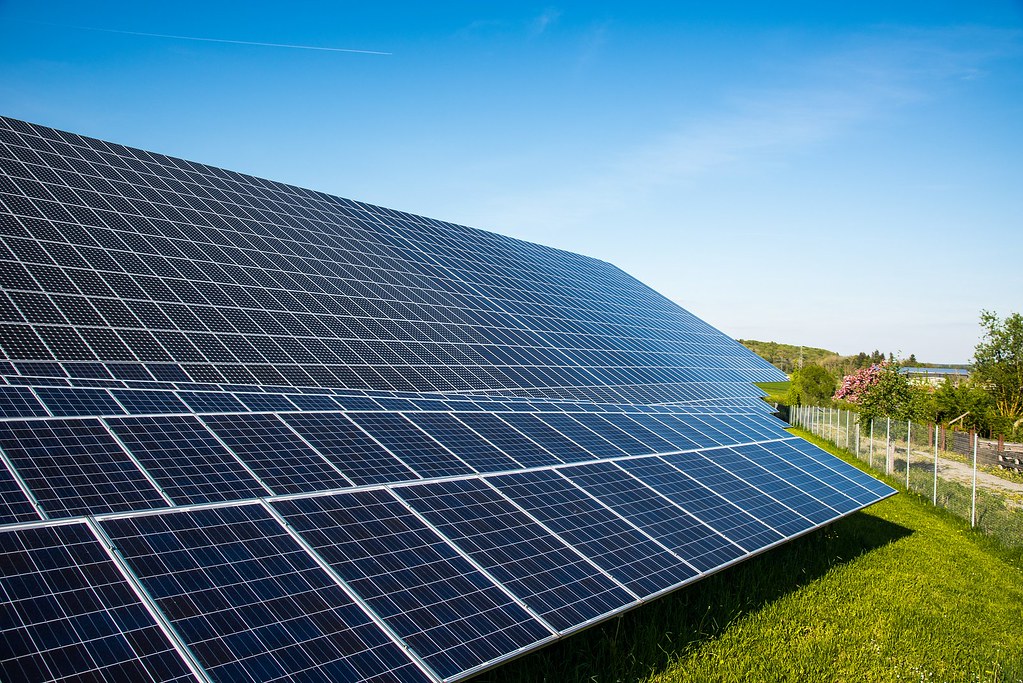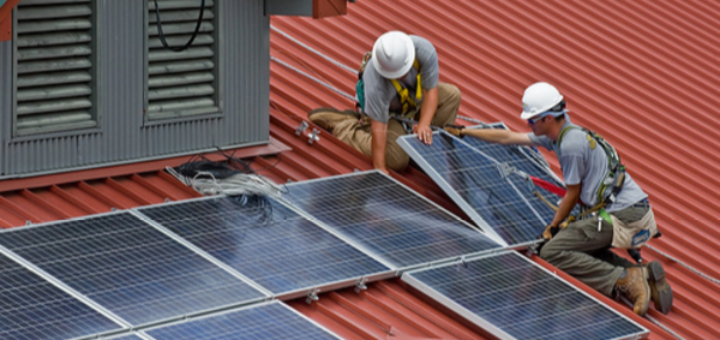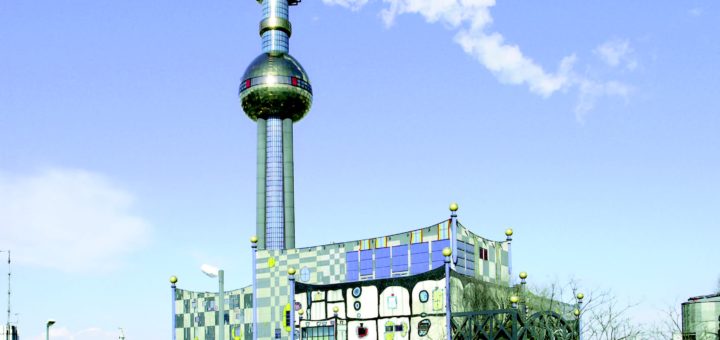In this article, we analyze empirical and ideal scenarios for electricity system transitions in Germany and the UK through Multi-Level Perspective (MLP).
Supplying clean, affordable, and secure energy
There are many case studies on local and regional transitions. Until now, an overview of such case studies was missing. The EU-funded PATHWAYS project has created a database that allows for sharing information from previously done European case studies, in order to foster the reuse of the knowledge gained in previous studies.
In the framework of the POLIMP project, a policy brief has been published on the role of social acceptance in the acceleration of clean technology deployment within the EU.
The European Union has set itself the goal of reducing EU primary energy consumption by 20% by 2020, compared to current projections. The Energy Efficiency Directive (EED) (2012/27/EU) was adopted on 25 October 2012 and entered into force on 5 December 2012. The Article 7 EED knowledge sharing platform brings together information on EEO schemes and alternative policy measures from across the EU (and beyond) in one central place.
The Netherlands is lagging behind on the implementation of renewable energy technologies and therefore is likely to miss its 14% renewable energy target. To solve this issue, a rapid uptake of solar energy is mandatory, but which pathways are available to make this transition cost-effective?
Interactions between EU climate and energy policies have been analysed based on France, Austria, Greece, and EU-level for policy interaction examples. The analysis resulted in 6 main findings.
Austria will add additional financial means to the existing policy framework to reach their target value for primary energy consumption of 1050 PetaJoule in 2020 (compared to 1120 PJ in 2013). The case study has analysed whether energy efficiency improvement policies lead to overlaps with policies at the level of provincial governments and what this could mean for the effectiveness and efficiency of the policies.
‘20-20-20’ EU energy and climate package targets for 2020 contain three climate and energy goals: 20% reduction of greenhouse gas emissions, a 20% increase in share of renewable energy, and 20% increase in energy efficiency. The impact assessment for the 2020 package was duly conducted with the assumption of coexisting energy and climate policies in place. It is increasingly recognised that there are possible detrimental effects of ‘overlapping policies’ that target the same sector.

